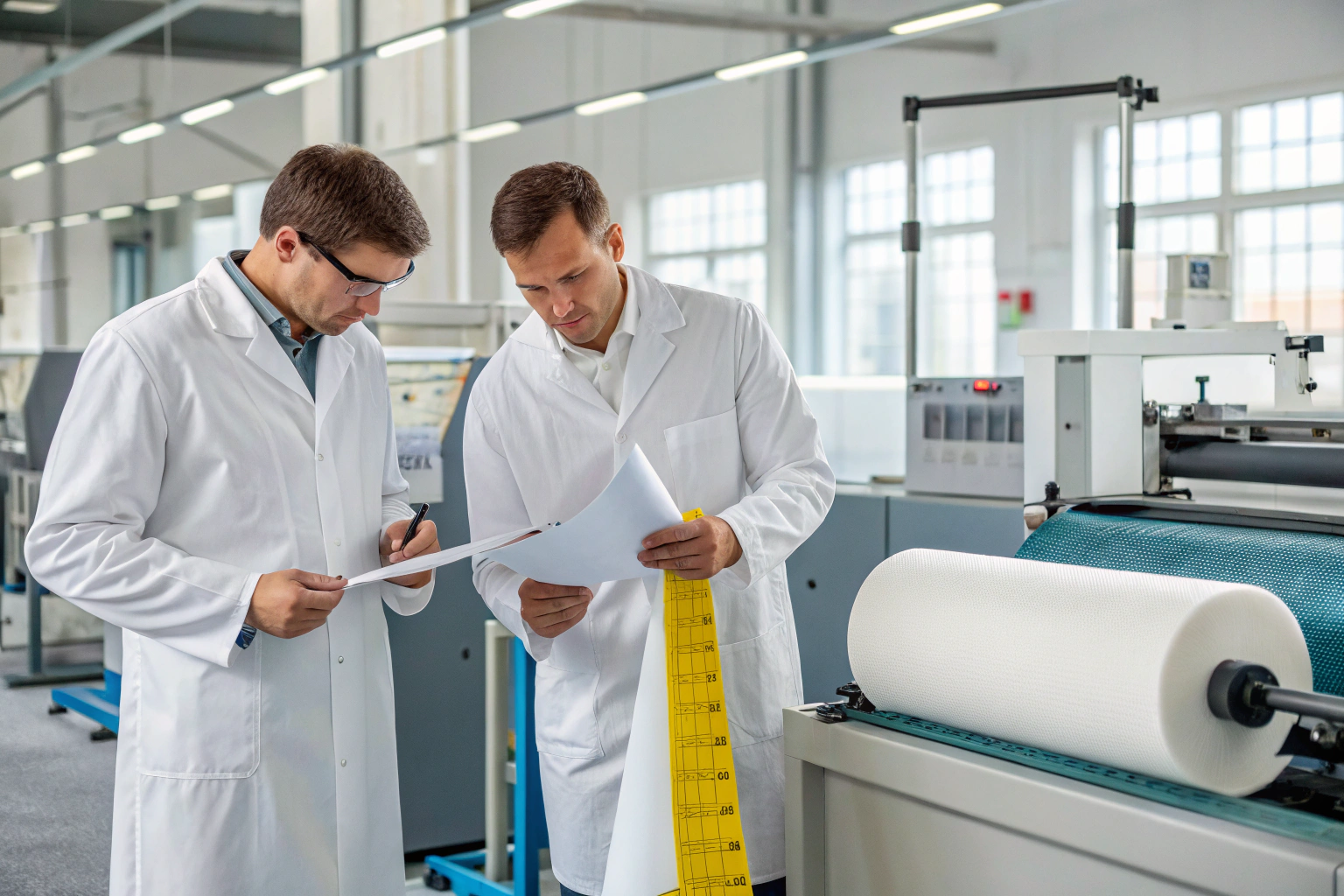If you’ve ever tried to buy nonwoven fabrics for medical or hygiene use, you probably know the stress that comes with it. Will the fabric really hold up? Will it pass customs? Will your buyers trust it? Too many suppliers promise “quality,” but without the right testing, it’s just words on paper. One bad shipment can mean angry customers, wasted money, and endless headaches.
That’s where ISO 9073-13 comes in—it’s the gold standard for checking how well nonwovens resist liquid penetration. When your fabrics are certified under this test, you don’t just get a piece of paper. You get peace of mind, trust from buyers, and confidence that your product won’t fail when it matters most.
So if you’re serious about sourcing nonwovens that actually work, let me walk you through the essentials. From understanding the test, to finding real labs, to avoiding supplier tricks—I’ll share what you need to know so you can source with confidence.
What Is ISO 9073-13 Nonwoven Testing?
Most people in our industry hear “ISO standards” and immediately think of complicated rules and extra costs. I’ve been there too. The truth is, without knowing what ISO 9073-13 really means, it’s easy to get lost—or worse, tricked into paying for useless certificates.
ISO 9073-13 is simply a way to measure how quickly liquid soaks through nonwoven fabrics. Imagine pouring a bit of saline solution on your fabric three times and timing how long it takes to pass through. That’s the strike-through test. The results are shown in seconds, and it gives a clear picture of how your material will perform in real life.
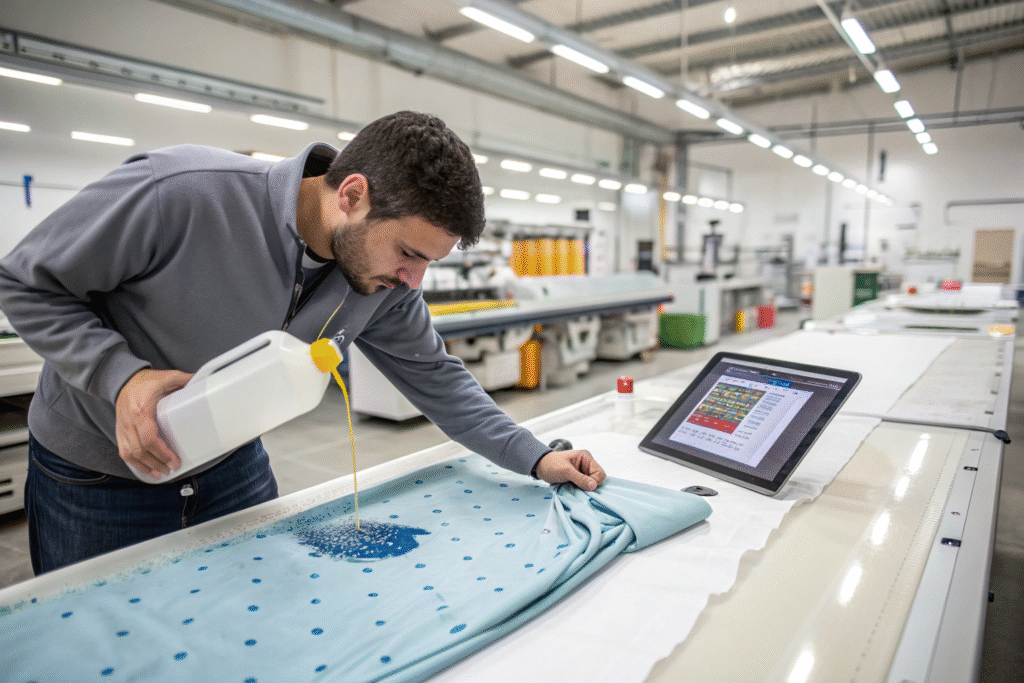
When you know this test, you can spot the difference between a supplier who’s guessing and one who’s truly compliant.
Why is ISO 9073-13 a big deal for hygiene products?
Think diapers, sanitary pads, and medical gowns. In these products, there’s no room for failure. Buyers in the European textile market or under U.S. FDA rules won’t take your word for it—they need proof. Without it, you risk shipments getting stuck at customs or, worse, rejected by your clients.
What does the actual test look like?
It’s not magic. Labs use a conductometric device, add a saline solution that mimics urine, and check how fast it passes through the nonwoven layer. They do this three times for consistency. If the liquid takes longer, the fabric is more repellent. You can even read the full details in the official ISO standard.
Where to Find ISO Accredited Testing Labs?
Here’s where many buyers go wrong. They just trust whatever “certificate” the supplier sends. But without checking, you might end up with a fake report—or one that’s outdated.
The safe route is always to use ISO-accredited labs. These labs follow strict systems and are recognized worldwide. Names like SGS, Bureau Veritas, and TÜV are trusted everywhere. There are also textile-focused labs like Testex and Intertek, which specialize in fabric testing.
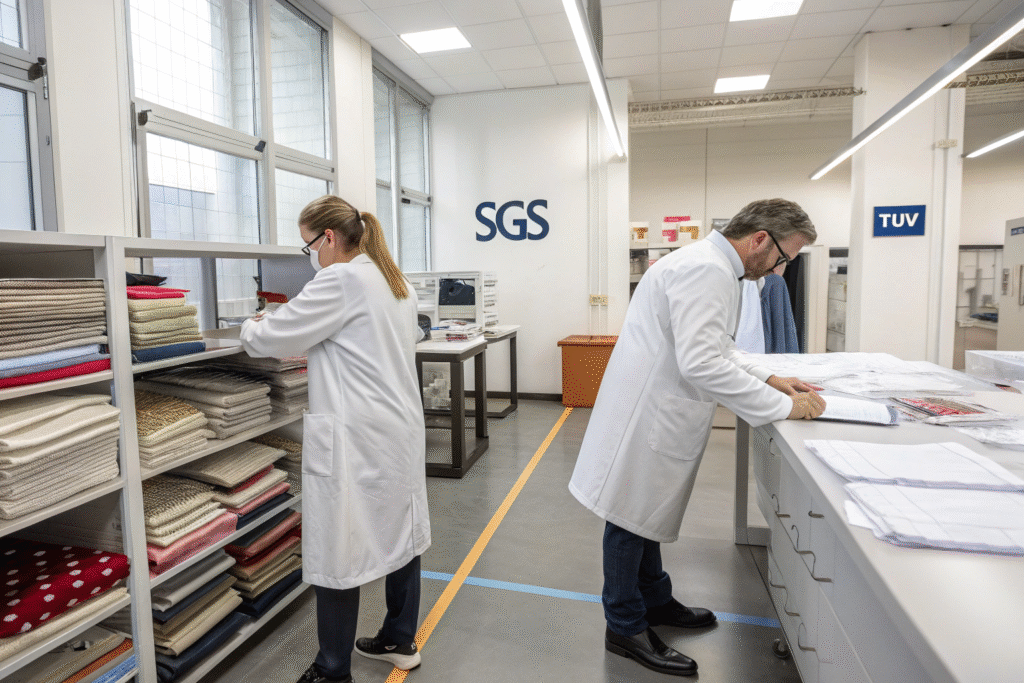
When your test report comes from them, your buyers know it’s real.
Which labs should you keep on your radar?
Big players like SGS and Bureau Veritas are industry leaders. If you want a more fabric-focused partner, Testex is a great option. Or if you want something local in Asia, Intertek has offices close to textile hubs like Keqiao and Guangzhou.
How do you check if a lab is legit?
Ask for their ISO 17025 accreditation. Confirm they have strike-through testers designed for ISO 9073-13. Better yet, ask for a sample report. A genuine lab will be happy to show proof. And if possible, choose one close to your supplier’s factory—it saves money and time.
How to Source Nonwovens That Already Pass the Test?
Sometimes you don’t have time to send every lot for testing. Deadlines are tight, and buyers want goods yesterday. That’s when it makes sense to work with suppliers who already provide ISO 9073-13 certified nonwovens.
But here’s the catch—you need to make sure the certificate is fresh and real. I’ve seen buyers get stuck with old test reports that don’t even match the fabric they bought. The trick is to work with mills in regions like Zhejiang or Fujian that have long-term lab partnerships. They can usually give you valid reports on demand.
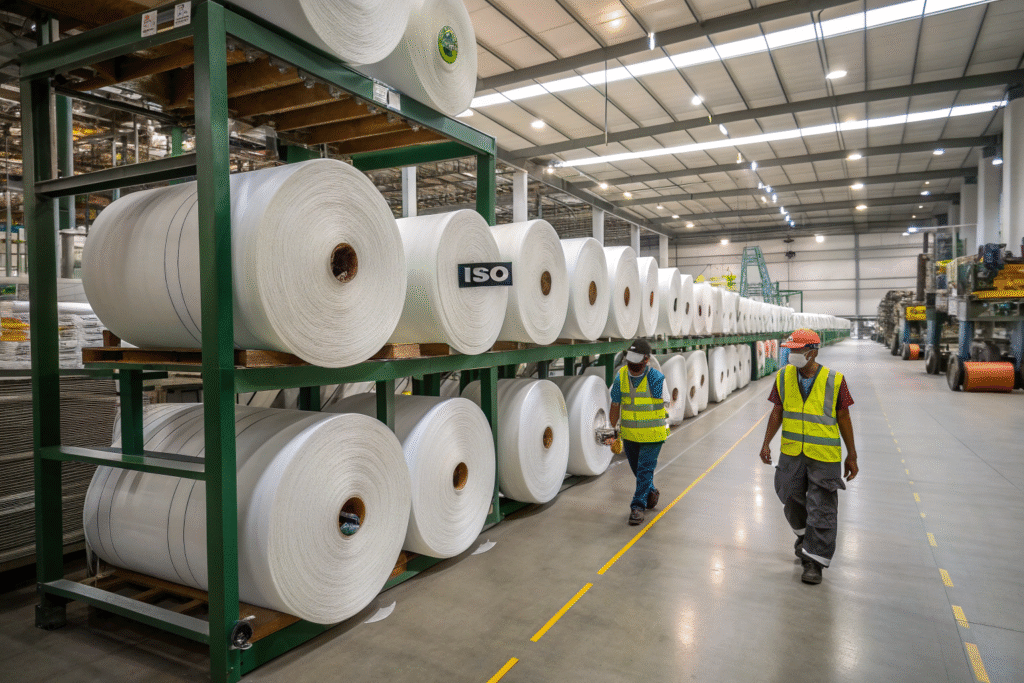
This shortcut saves weeks of waiting and builds trust with your buyers.
What should you ask before placing an order?
Ask if the report was issued by trusted labs like TÜV Rheinland. Check the date—it should be recent. Confirm the tested sample is the exact same construction you’re buying. If you’re unsure, email the lab directly. Most will confirm the authenticity if you share the report number.
Can suppliers guarantee consistent results?
One-off tests aren’t enough. Some mills pass one test, then change their process later. To stay safe, add a contract clause requiring ISO 9073-13 compliance for every batch. For extra security, use third-party auditors like QIMA to do surprise checks. That way, you won’t get burned down the line.
What Are the Challenges in Sourcing Repellent Nonwovens?
I won’t sugarcoat it—sourcing ISO-tested fabrics isn’t always smooth. Prices vary, logistics can be tough, and not every finish performs the same way.
The truth is, not all nonwovens behave the same under the test. Polypropylene spunbond, meltblown, and SMS composites each react differently. Even within one type, coating or finishing can make a big difference. That’s why smart buyers ask about finishing methods before committing to bulk orders.
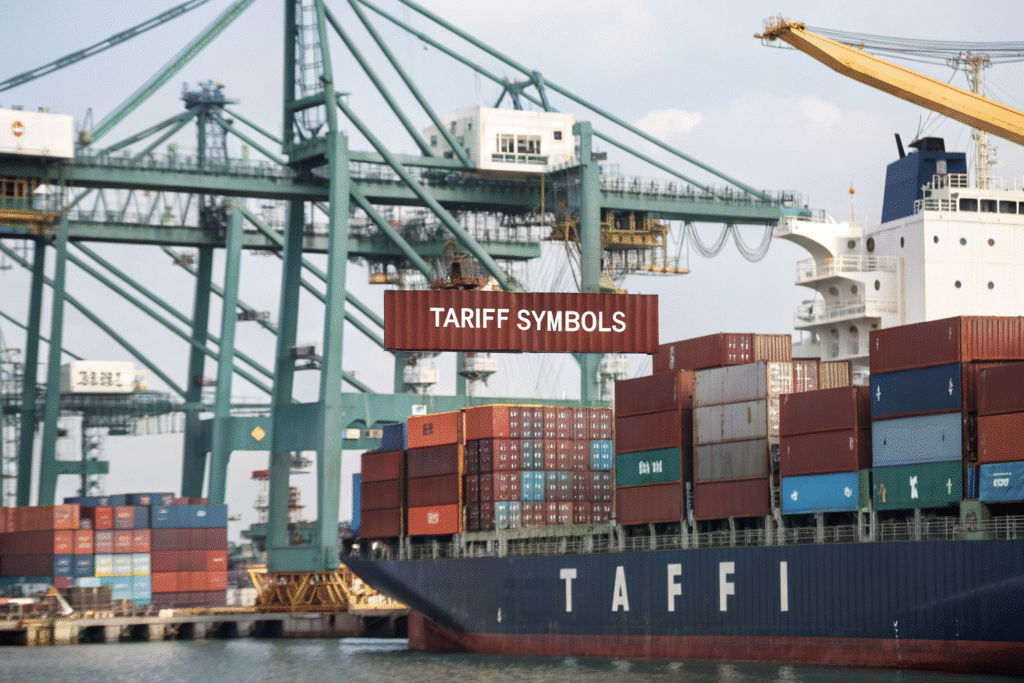
Knowing these challenges upfront saves you a lot of frustration later.
Why do prices sometimes shock buyers?
Repellency finishes aren’t cheap. For example, SMS fabrics with hydrophobic treatments cost more than untreated spunbond polypropylene. Plus, suppliers who provide certified fabrics factor in testing and compliance costs. If you want to see market trends, Nonwovens Industry Magazine regularly shares price updates and insights.
How do tariffs and logistics play into this?
For U.S. buyers, tariffs on Chinese nonwovens can push costs up. Some buyers try shifting orders to ASEAN countries to avoid duties, but not every mill there offers ISO 9073-13 certified fabrics. In the end, China often remains the safest option because of its mature supply chain. You can check exact duty rates with the U.S. International Trade Commission tool for HS codes.
Conclusion
Getting ISO 9073-13 tested nonwoven fabrics isn’t just about ticking a box—it’s about protecting your business. When you know the test, choose the right labs, and partner with reliable mills, you cut out the guesswork and secure long-term trust with your buyers.
And if you’d rather not go through this alone, my team at Shanghai Fumao can help. We’ve been in this business for decades, and we already work with labs like SGS and TÜV to ensure every batch meets international standards. If you’re ready to source nonwovens that won’t let you down, reach out to our Business Director, Elaine, at elaine@fumaoclothing.com. Let’s build something together that keeps your business—and your reputation—safe.

